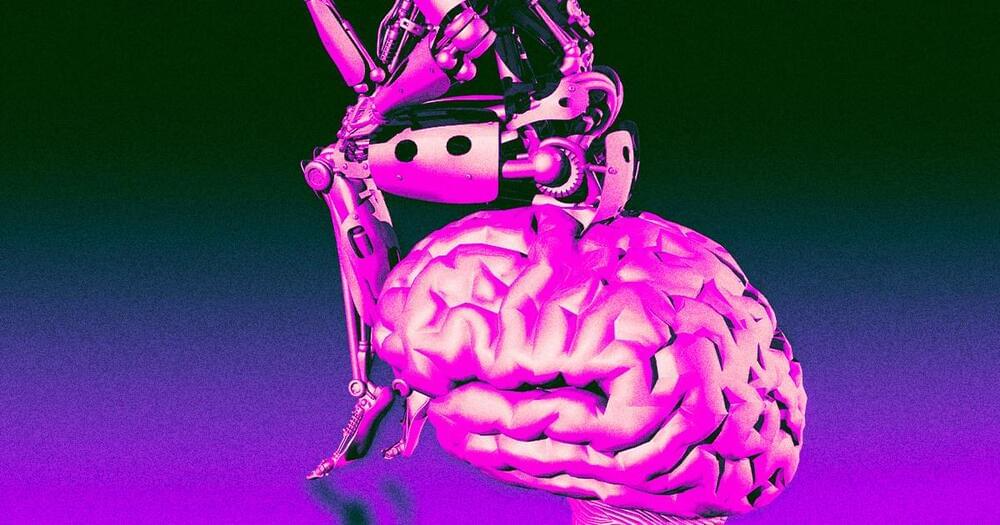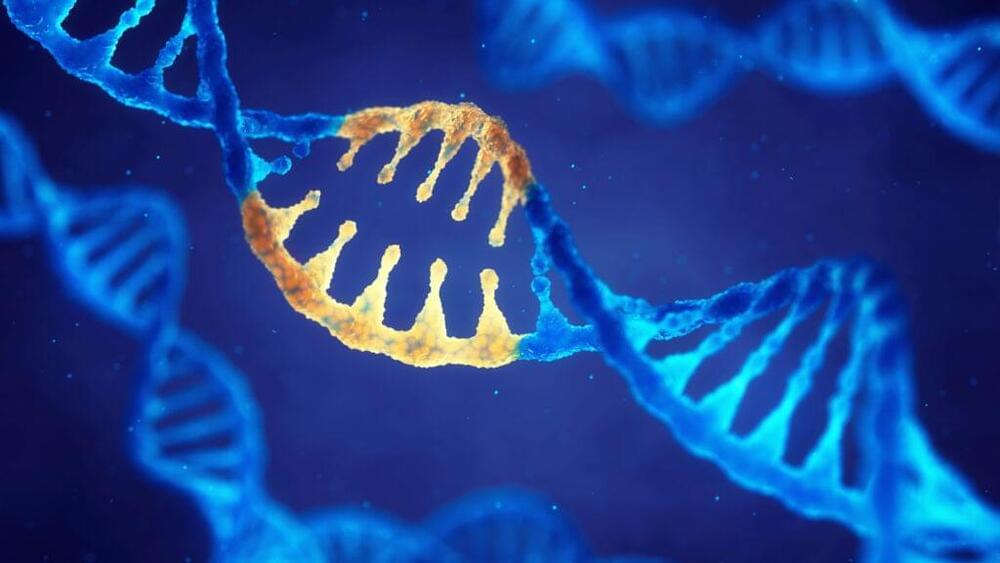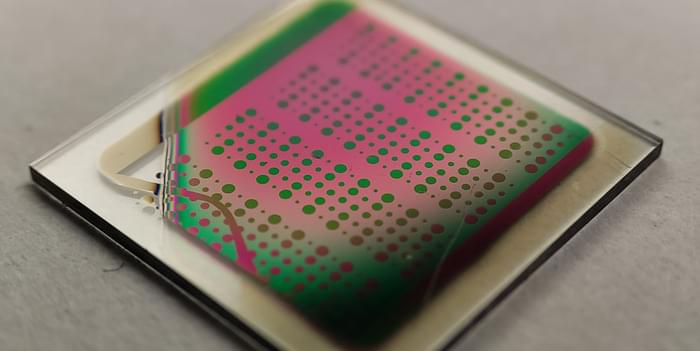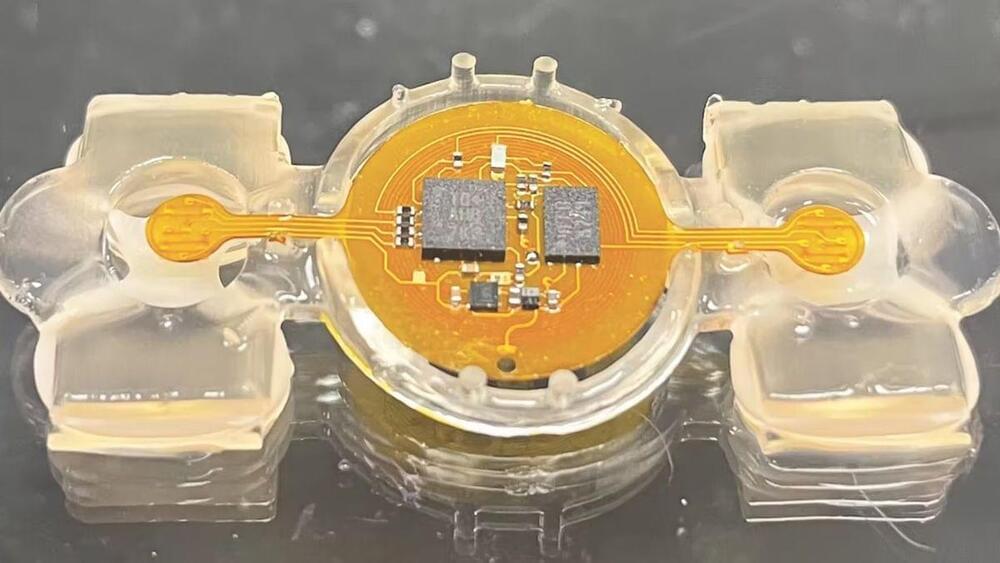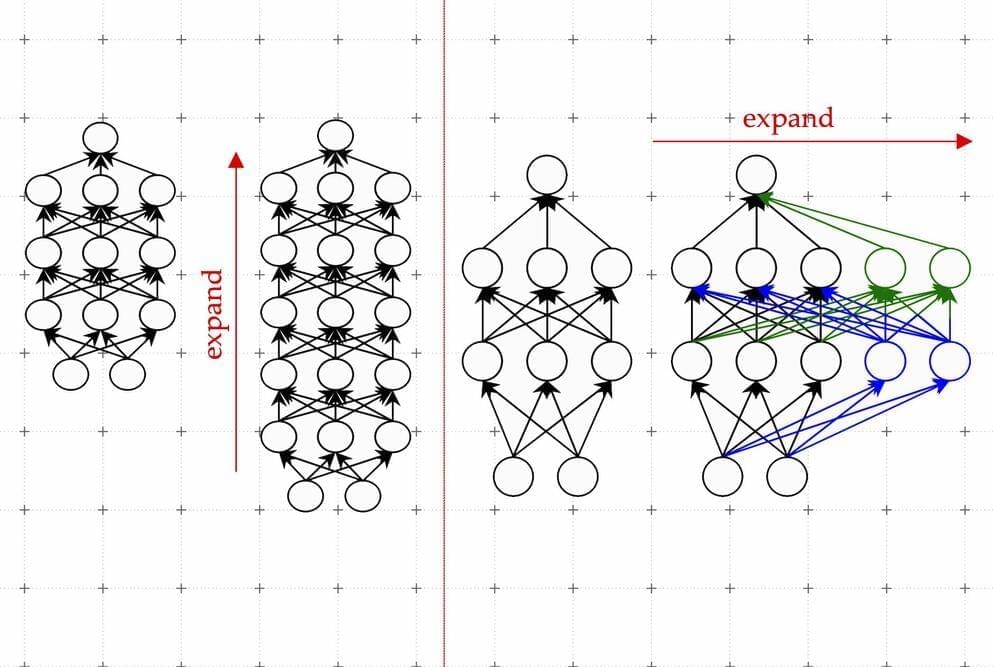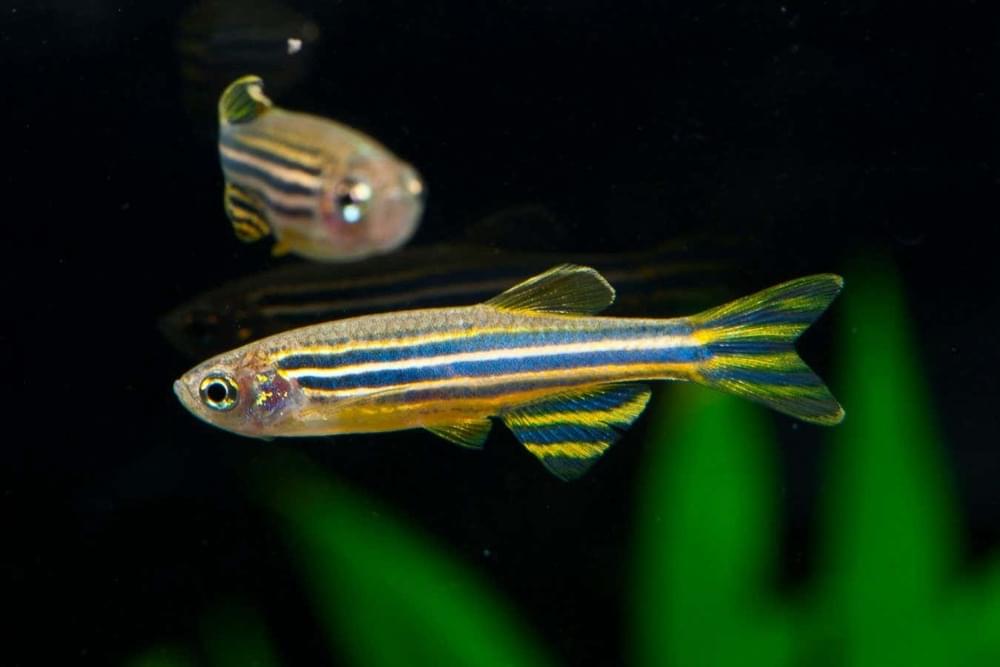Get 30% off Blinkist premium and enjoy 2 memberships for the price of 1! Start your 7-day free trial by clicking here: https://www.blinkist.com/arvinash.
REFERENCES:
Where 99% of mass comes from: https://youtu.be/KnbrRhkJCRk.
ElectroWeak Unification: https://youtu.be/u05VK0pSc7I
Symmetry Breaking: https://youtu.be/yzqLHiA0uFI
PATREON:
For Input on Videos, Private messages, Early Viewing, Join Us: https://www.patreon.com/arvinash.
CHAPTERS:
0:00 Sources of mass.
2:33 Blinkist Free Trial.
3:51 Particles are excitations in Fields.
6:09 How Mass comes from interaction with Higgs.
10:42 Why do some particles interact and others don’t?
11:31 How our universe would not exist without Higgs.
SUMMARY:
How does the Higgs give mass to particles? How do elementary particles gain mass? All mass is Energy. 99% of the mass of an atom is contained in the binding energy within the nucleus. But about 1% of your mass is contained in the mass of the subatomic particles that make up the atoms, electrons and quarks.
How do these subatomic particles get an intrinsic mass? This is due to the Higgs Field. To understand how it works, let’s look at the standard model of particle physics.
